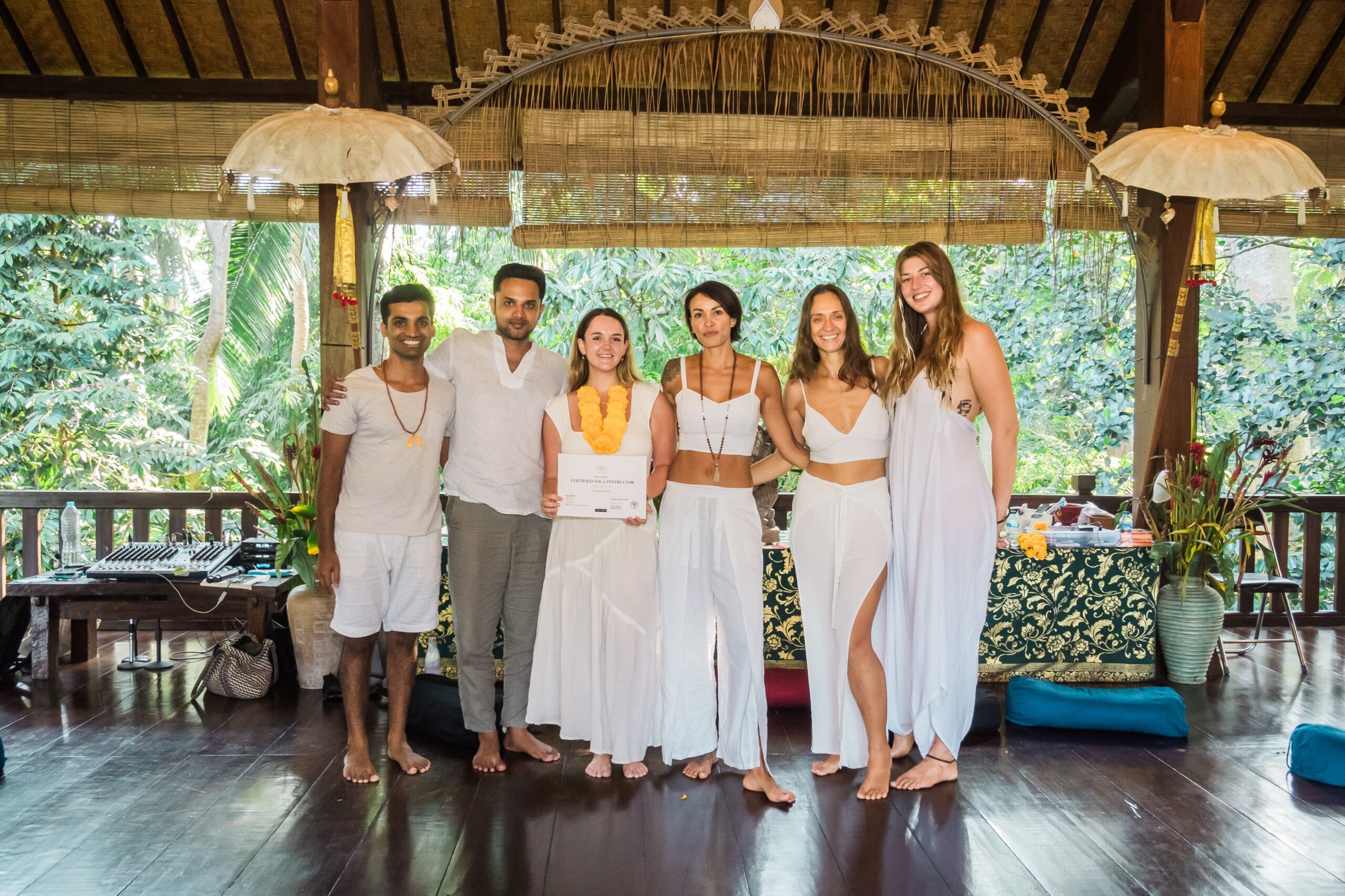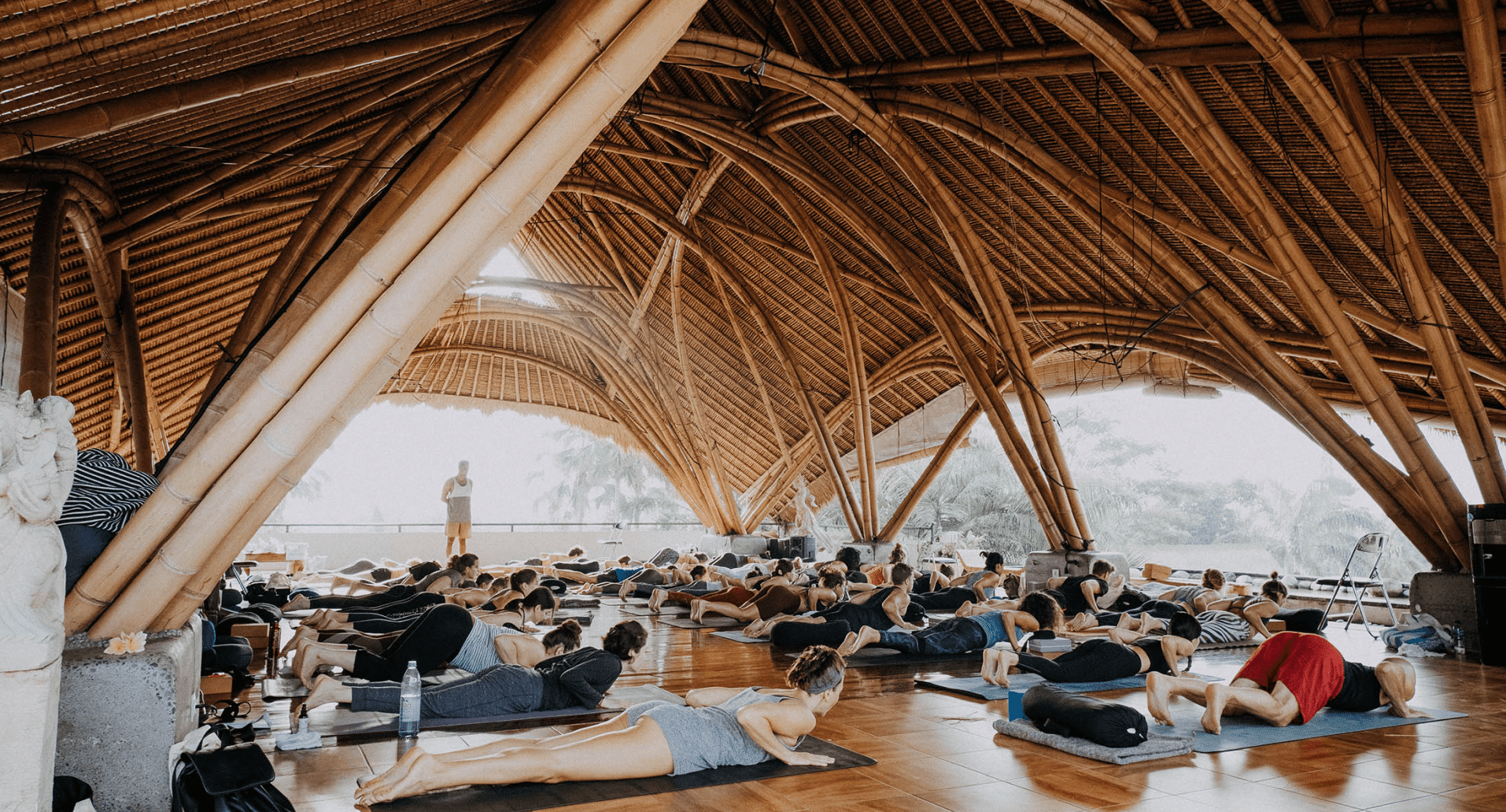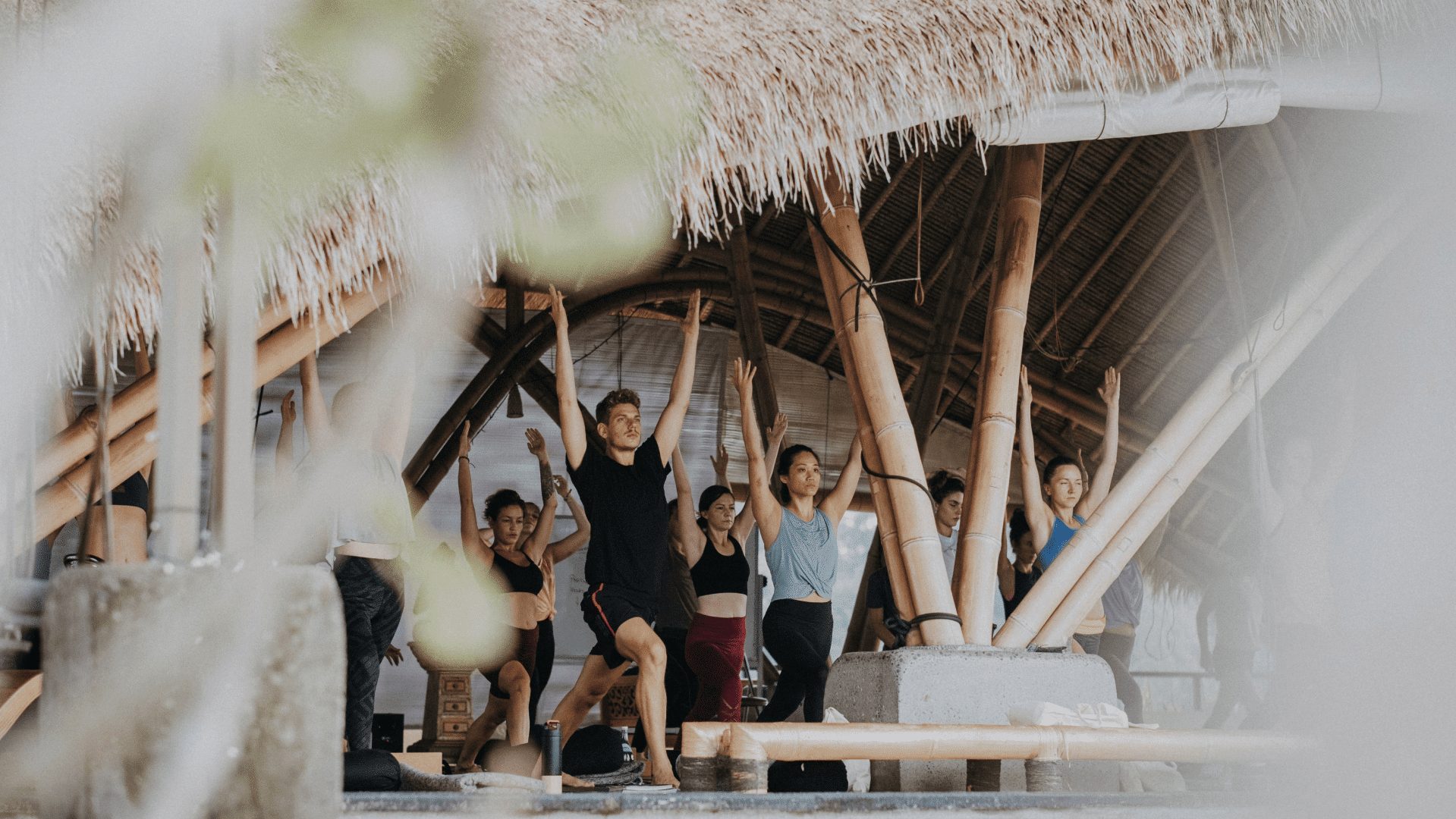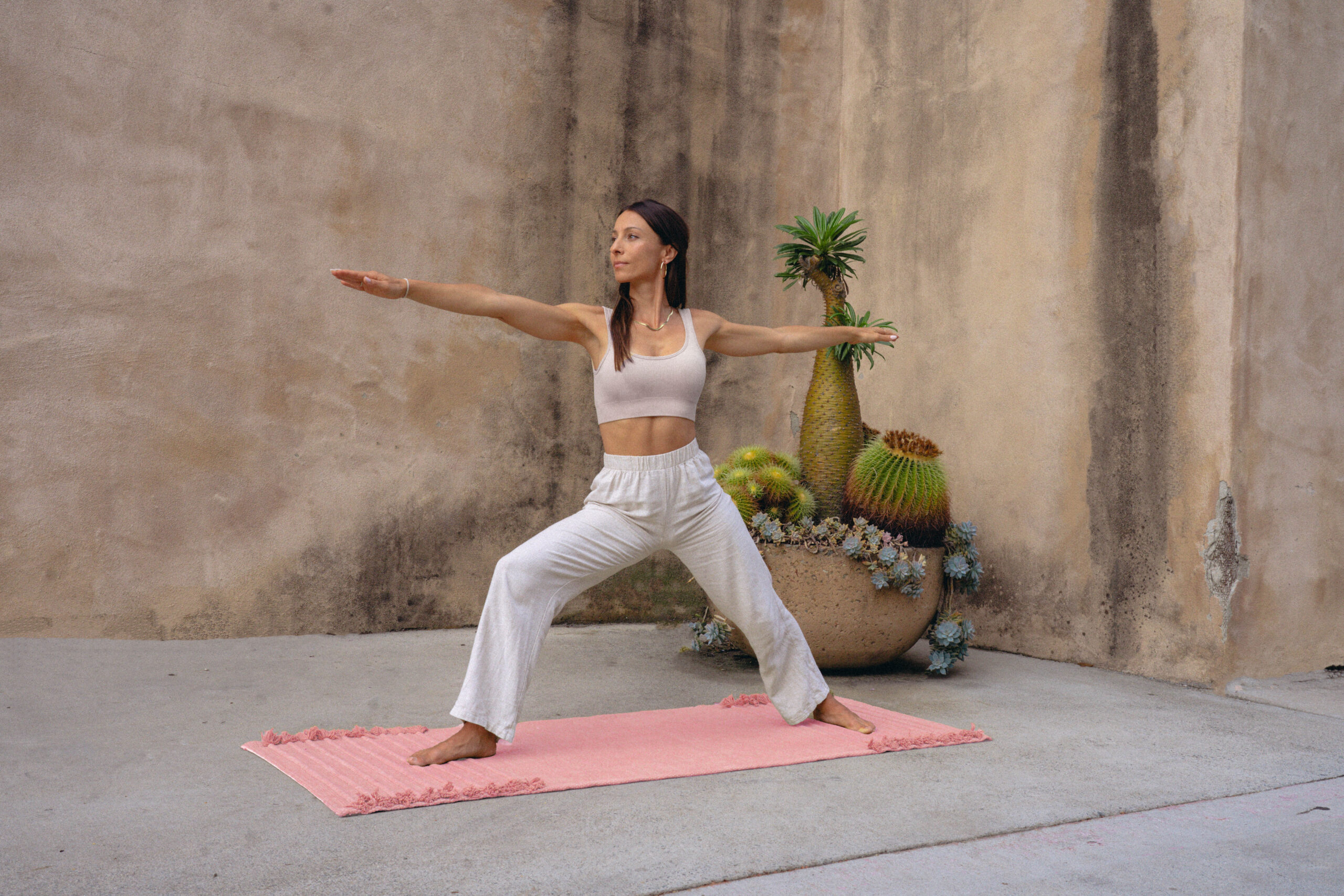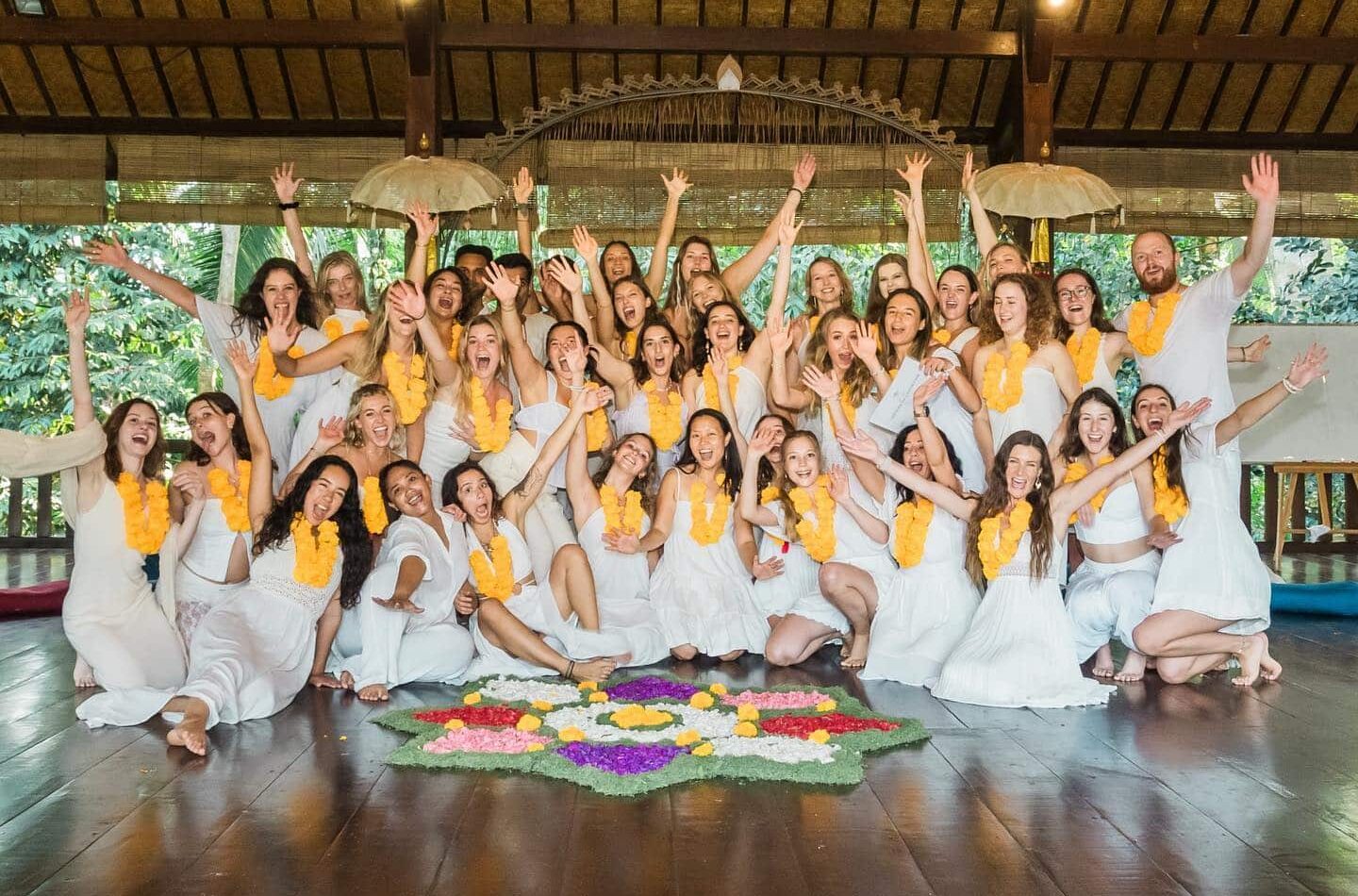
Are you passionate about yoga and dreaming of becoming a certified yoga teacher? Before you begin your training, there’s a lot of information to sift through, and it can feel overwhelming. This comprehensive guide will walk you through everything you need to know about a 200-hour Yoga Teacher Training. From finding the right training program to understanding the curriculum, we have all the information you’ll need to make an informed decision.
Our expert advice will provide insights into choosing the best training for you, what to expect during yoga teacher training, and how to utilize your certification after graduation.
Whether you are a beginner or an experienced practitioner, our guide is designed to empower you with the skills and knowledge to elevate your yoga practice and embark on a fulfilling career as a yoga teacher. Join us on this transformative journey today!
Benefits of completing a 200-Hour Yoga Teacher Training
Embarking on a 200-hour Yoga Teacher Training program is a transformative journey that offers numerous benefits beyond a teaching certification. Let’s delve into some of the key advantages you can expect from this life-changing experience.
Deepen Your Personal Practice
A 200-hour training is not just about learning new poses; it’s about deepening your personal yoga practice. By dedicating focused time and energy to your practice, you’ll have the opportunity to explore asanas, pranayama, and meditation on a deeper level. This deepening of your practice will enhance your physical abilities and cultivate a greater sense of self-awareness and mindfulness, empowering you to become a more confident yoga teacher.
Expand Your Knowledge of Yoga Philosophy
Yoga is not just about physical practice; it is a holistic system encompassing philosophy, ethics, and spirituality. A 200-hour training will expose you to yoga’s rich history and philosophy, giving you a comprehensive understanding of its roots and principles. You’ll delve into ancient texts, such as the Yoga Sutras of Patanjali, and learn about concepts like the eight limbs of yoga and the chakra system. This knowledge will enrich your practice and enable you to share the wisdom of yoga with your future students.
Gain Hands-on Teaching Experience
One of the most valuable aspects of a 200-hour training is the opportunity to gain hands-on teaching experience. Throughout the program, you’ll have ample time to practice teaching under the guidance of experienced instructors. This practical experience is invaluable as it allows you to refine your teaching skills, develop your unique teaching style, and receive constructive feedback from instructors and peers. By the end of the training, you’ll feel confident and prepared to lead your own yoga classes.
Choosing the right Yoga Teacher Training program
Choosing the right Yoga Teacher Training program is a crucial step in your journey as a yoga teacher. With countless options available, it can be overwhelming. But don’t worry, we’re here to guide you. Here are some key factors to consider when selecting a program that aligns with your goals and values.
Accreditation and Certification
First and foremost, ensure that the training program you choose is accredited by a reputable yoga organization. Accreditation ensures that the program meets specific standards and guidelines, providing you with a recognized certification upon completion. This certification will be essential when seeking employment opportunities or furthering your education as a yoga teacher.
Psssst! Are you looking to learn more? Transform your life with the world’s leading yoga teacher training in Bali or Costa Rica. We create highly curated, life-changing yoga and meditation trainings with master-level instructors from India and the West. Whether new to yoga or seeking to deepen your practice, our training caters to all levels, ensuring the best yoga teacher training experience possible.
Teaching Style and Philosophy
Each yoga teacher training program has its unique teaching style and philosophy. Some programs may focus more on physical alignment and anatomy, while others may emphasize yoga’s spiritual and philosophical aspects. Consider your personal preferences and goals as a yoga teacher, and choose a program that resonates with your beliefs and values.
Experienced and Knowledgeable Instructors
The expertise and experience of the instructors can significantly impact the quality of your training. Research the instructors’ backgrounds and teaching credentials. Look for instructors who have extensive experience in both practicing and teaching yoga. Their knowledge and guidance will play a crucial role in shaping your journey as a yoga teacher.

Curriculum and Requirements of a 200-Hour Training
The curriculum and requirements of a 200-hour Yoga Teacher Training program can vary from school to school. However, there are certain core components that you can expect to be included in most programs. Let’s take a closer look at these essential elements.
Asana Practice
A significant portion of the training will be dedicated to asana practice. You’ll learn and refine a wide range of yoga poses, including standing poses, inversions, backbends, and twists. The focus will not only be on the physical execution of the poses but also proper alignment, adjustments, and modifications. As you progress through the training, you’ll build strength, flexibility, and body awareness.
Anatomy and Physiology
Understanding the human body and its mechanics is crucial for safe and effective yoga practice. A 200-hour training will typically include a module on anatomy and physiology, where you’ll learn about the skeletal system, muscular system, respiratory system, and other key aspects of the human body. This knowledge will help you understand the benefits and limitations of each pose, as well as how to prevent and address common yoga-related injuries.
Yoga Philosophy and History
Yoga is deeply rooted in philosophy and history. During your training, you’ll study the ancient texts and philosophical concepts that form the foundation of yoga. You’ll explore topics such as Patanjali’s Yoga Sutras, the Bhagavad Gita, and the history of yoga. This understanding of yoga philosophy will give you a broader perspective and guide your approach to teaching and practicing yoga.
Finding the best Yoga Schools and Locations
Once you clearly understand your goals and the curriculum you’re looking for, it’s time to find the best Yoga Teacher Training schools and locations that align with your needs. Here are some tips to help you in your search.
Research Online and Read Reviews
Start your search by researching online and reading reviews of different training programs and schools. Websites and forums dedicated to yoga teacher training are great resources for gathering information and hearing from past students. Pay attention to the school’s overall reputation, the instructors’ qualifications, and the feedback from previous participants.
Seek Recommendations
Reach out to your yoga community and seek recommendations from fellow practitioners or teachers who have completed a 200-hour training. Personal recommendations can provide valuable insights and help you narrow your options to schools with a solid track record of delivering high-quality training.
Consider Location and Logistics
Think about the location and logistics of the training program. Do you prefer local training, or are you open to traveling to a different city or country? Consider factors such as accommodation, transportation, and the overall cost of living in the location. Remember to factor in any visa requirements if you plan on attending training abroad.
Cost of a 200-Hour Yoga Teacher Training
The cost of a 200-hour Yoga Teacher Training program can vary significantly depending on factors such as location, duration, and the school’s reputation. It’s important to consider the financial implications before committing to a program. Here are some key financial considerations to keep in mind.
Tuition Fees
Tuition fees for a 200-hour training can range from a few hundred dollars to several thousand dollars. The cost typically includes the training curriculum, instruction, and certification upon completion. Take the time to research and compare the fees of different programs, keeping in mind that a higher price does not always indicate better quality.
Additional Expenses
In addition to tuition fees, there may be additional expenses to consider. These include accommodation, transportation, meals, study materials, and required textbooks. Some training programs offer accommodation and meal packages, while others require you to make your own arrangements. Be sure to account for these additional expenses when budgeting for your training.
Yoga Scholarships and Financing Options
If the cost of a 200-hour training is a barrier for you, explore scholarship opportunities and financing options. Some schools offer scholarships or work-study programs that can help offset the cost of tuition. Additionally, there may be financing options available, such as payment plans or loans, that can make the training more affordable in the short term.
East+West’s 200-hour training in Bali offers both payment plans and scholarship opportunities for aspiring students. We offer two scholarships per training: one for International students and one for Balinese students. This is an excellent opportunity for those seeking support on their yoga journey. Apply anytime by emailing your resume to info@yogaeastwest.com and telling us how you will use your training to help others.
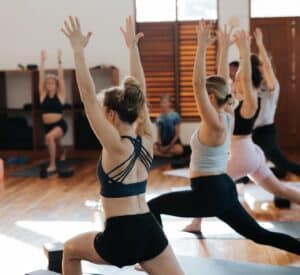
How to Prepare for Your Yoga Teacher Training
To make the most of your 200-hour Yoga Teacher Training, it’s important to prepare yourself physically, mentally, and emotionally. Here are some tips to help you get ready for this transformative experience.
Establish a Regular Yoga Practice
Before the start of your training, establish a regular yoga practice to build strength, flexibility, and familiarity with the basic poses. This will prepare your body for the physical demands of the training and help you develop a deeper understanding of the practice. Aim to practice at least three to four times a week, focusing on a well-rounded sequence that includes standing poses, forward folds, backbends, and inversions.
Study and Reflect on Yoga Philosophy
Spend time studying and reflecting on yoga philosophy and its relevance to your life. Read books, listen to podcasts, and engage in discussions with fellow practitioners to deepen your understanding of yoga’s philosophical aspects. Reflect on how these teachings can be applied to your practice and how you can integrate them into your future teaching.
Prepare Your Mind and Body
Yoga Teacher Training can be physically and mentally demanding. To prepare yourself, prioritize self-care and engage in activities that promote overall well-being. Practice mindfulness and meditation to cultivate mental clarity and emotional resilience. Engage in activities that help you relax and reduce stress, such as taking long walks in nature, practicing self-massage, or journaling.
What to expect during your 200-Hour Yoga Teacher Training
Embarking on a 200-hour Yoga Teacher Training is an intensive and transformative experience. While each program may have its unique structure and schedule, there are common elements you can expect during your training. Here’s an overview of what you can anticipate.
Intensive Schedule
A 200-hour training is typically condensed into a specific timeframe, ranging from a few weeks to a few months. During this period, you can expect a rigorous and intensive schedule that may include daily asana and meditation, lectures, workshops, teaching practice, and self-study. Be prepared to dedicate most of your time and energy to the training during this period.
Deepening Your Practice
One of the primary objectives of a 200-hour training is to deepen your yoga practice. You’ll have the opportunity to explore various styles of yoga, delve into advanced poses, and refine your alignment and technique. Expect to be challenged physically, mentally, and emotionally as you push your boundaries and explore new possibilities on the mat.
Learning and Collaboration
A 200-hour training is not just about individual progress; it’s also about learning and collaborating with a group of like-minded individuals. You’ll have the chance to connect with fellow trainees, share experiences, and support each other on your yoga journey. Expect to engage in group discussions, partner work, and teaching practice with your peers.
Certification and post-training opportunities for Yoga Teachers
Upon successful completion of your 200-hour Yoga Teacher Training, you’ll receive a certification that recognizes you as a qualified yoga teacher. This certification opens up a world of opportunities for you to share your passion for yoga with others. Here are some post-training opportunities you can explore.
Teaching Opportunities
With your certification in hand, you can start teaching yoga classes at studios, fitness centers, community centers, or even privately. Look for teaching opportunities in your local area and reach out to yoga studios to inquire about potential openings. Consider offering donation-based or discounted classes initially to gain experience and build your reputation as a teacher.
Continuing Education
Completing a 200-hour training is just the beginning of your journey as a yoga teacher. To deepen your knowledge and expand your teaching skills, consider pursuing continuing education courses or advanced trainings. These programs will allow you to specialize in specific areas of interest, such as prenatal yoga, yoga therapy, or advanced sequencing.
Retreats and Workshops
As a certified yoga teacher, you can organize and lead yoga retreats, workshops, and specialized classes. These offerings allow you to share your expertise with a broader audience and create unique experiences for your students. Consider collaborating with other teachers or wellness professionals to offer specialized retreats that combine yoga with different modalities, such as meditation, nutrition, or sound healing.
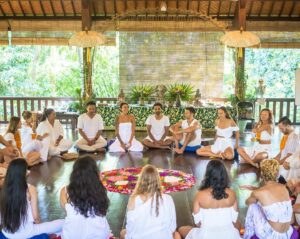
Taking the next step in your yoga journey
Congratulations! You’ve reached the end of our ultimate guide to a 200-hour Yoga Teacher Training. By now, you should have a clear understanding of the benefits of a 200-hour training, how to choose the right program, what to expect during the training, and the post-training opportunities available to you.
Remember, embarking on a 200-hour training is not just about becoming a certified yoga teacher; it’s about embarking on a transformative journey of self-discovery and growth. It’s about deepening your practice, expanding your knowledge, and sharing the wisdom of yoga with others.
Whether you’re a beginner or an experienced practitioner, a 200-hour training can be a life-changing experience. So take the next step, find the right program, and embark on this incredible journey of becoming a knowledgeable and confident yoga teacher. Namaste!
Want to learn more?
Check out the East+West yoga teacher training in Bali or Costa Rica. We create highly curated, life-changing yoga and meditation trainings with master-level instructors from India and the West. Whether you’re new to yoga or seeking to deepen your practice, our training caters to all levels, ensuring the best yoga teacher training experience possible.



